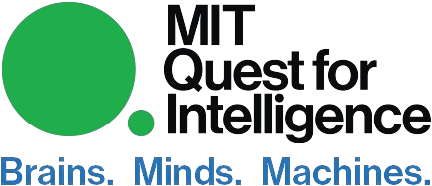
Abstract: Recordings of neurons in cortical structures in behaving rodents show responses to dimensions of space and time relevant to encoding and retrieval of spatiotemporal trajectories of behavior in episodic memory. This includes the coding of spatial location by grid cells in entorhinal cortex and place cells in hippocampus, some of which also fire as time cells when a rodent runs on a treadmill (Kraus et al., 2013; 2015; Mau et al., 2018). Trajectory encoding also includes coding of the direction and speed of movement. Speed is coded by both firing rate and frequency of neuronal rhythmicity (Hinman et al., 2016, Dannenberg et al., 2020), and inactivation of input from the medial septum impairs the spatial selectivity of grid cells suggesting rhythmic coding of running speed is important for spatial coding by grid cells (Brandon et al., 2011; Robinson et al., 2023). However, entorhinal neurons code head direction more than movement direction, raising questions about the role of path integration for computing position (Raudies et al., 2015). As a complementary mechanism, allocentric spatial location could be coded by transformation of egocentric sensory input. Data from our lab shows coding of environmental boundaries in egocentric coordinates (Hinman et al., 2019; Alexander et al., 2020) that can be combined with head direction coding for a transformation into allocentric coding of boundaries and spatial location. Thus, a variety of functional neuronal responses could contribute to the coding of time and spatial location.
Bio: Michael Hasselmo, Professor, Psychological & Brain Sciences, D.Phil., Oxford University
Research in the Hasselmo Laboratory concerns the cortical dynamics of memory-guided behavior, including effects of neuromodulation and theta rhythm oscillations in cortical function. Neurophysiological techniques are used to analyze intrinsic and synaptic properties of cortical circuits in rodents and to explore the effects of modulators on these properties. Computational modeling is used to link these physiological data to memory-guided behavior.
Experiments using multiple single-unit recording in behavioral tasks are designed to test predictions of the computational models.
Areas of research focus include episodic memory function and theta rhythm dynamics in the entorhinal cortex, prefrontal cortex, and hippocampal formation. This research has implications for understanding the pathology of Alzheimer’s disease, schizophrenia, and depression.
